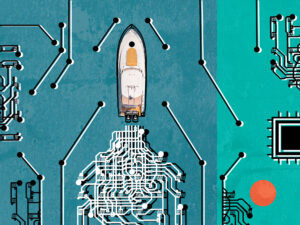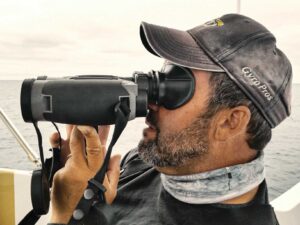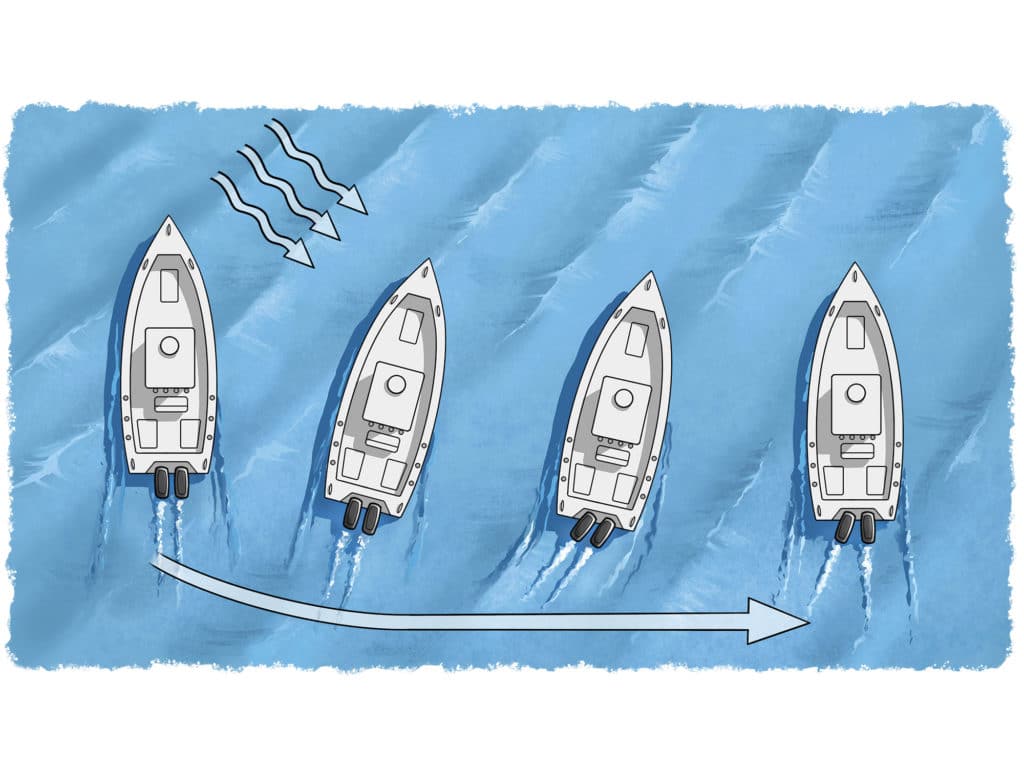
Conventional marine autopilots offer amazing angling benefits, including the ability to automatically steer boats with precision toward fishing destinations and even run complex trolling patterns at the push of a button, freeing the helmsman of the tedious task of manning the wheel over long periods of time.
But today a new breed of autopilots is adding even more angling benefits, thanks to integration with electronic marine engine throttle-and-shift controls and steering, GPS, chart plotters and heading sensors.
At least five systems are taking autopilot technology to new levels. Leading companies include Mercury, Suzuki (in conjunction with Furuno), Volvo Penta and Yamaha. The functions of these integrated systems reach beyond automatic steering; they can also fine-tune boat speed, keep a boat in position, maintain a heading while drifting, and more. Most—but not all—are part and parcel of low-speed joystick steering systems.
Digital Development
Facilitating these new autopilot features is the advent of digital throttle and shift, sometimes known as drive-by-wire controls, for marine engines. For example, any new outboards no longer rely on mechanical cables to connect the helm controls to the engine. Instead, digital throttle-and-shift commands are delivered through wires to the engine via computer modules. An autopilot system integrated with digital throttle and shift opens up a world of new features.
Smooth Touch
Among the many new benefits to emerge is automatic slowing of the boat’s speed during turns as the boat follows a programmed chart-plotter route to a fishing spot. On the new FishHunter Drive autopilot system, which integrates Furuno NavPilot 300 (updated with the latest software) with Suzuki’s SPC 2.0 controls on 2022 engines ranging from 115 to 350 hp, this feature is known as Route Smoothing. It works with single or multiple Suzuki outboards.
“On turns of more than 30 degrees on a chart-plotter route of waypoints, the FishHunter Drive will gradually slow boat speed as it approaches the turn,” says Eric Kunz, senior product manager for Furuno USA. This helps ensure the safety of the crew, who might otherwise be jostled about during sudden hard turns at speed.
The FishHunter Drive will perform this function on any kind of route plugged into a networked chart plotter, such as Garmin’s Auto Guidance function, which automatically calculates the safest route around land masses, shallows and other hazards based on chart data and the selected waypoint.
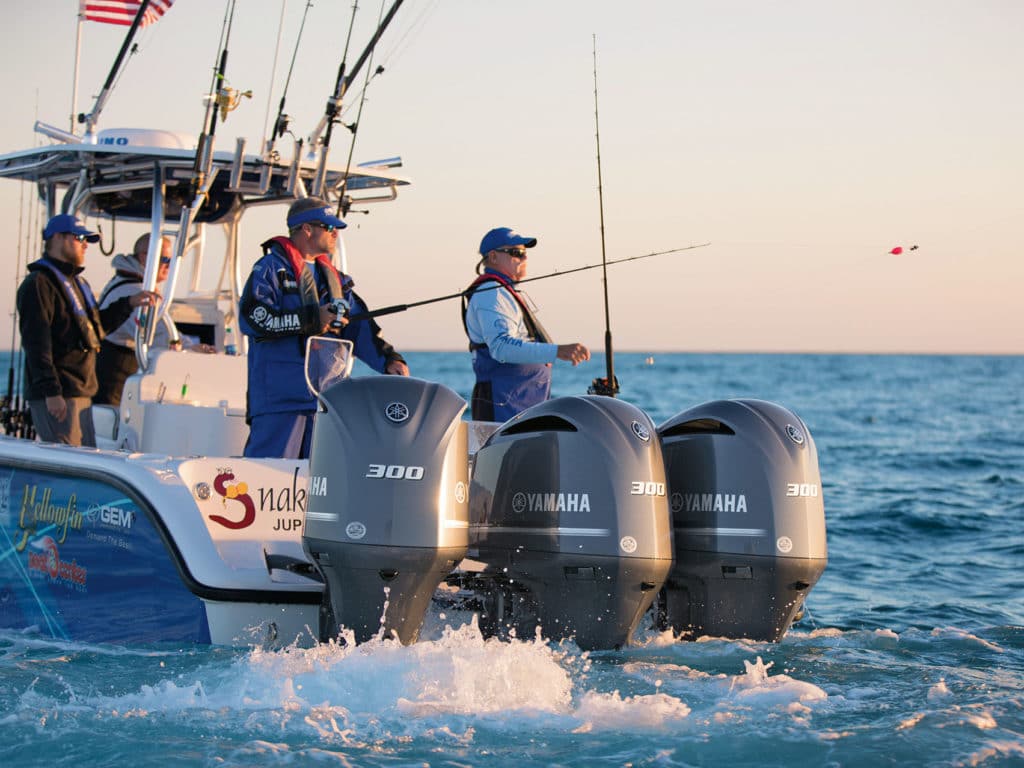
Stop and Fish
New-age autopilot systems will—in a literal sense—deliver your boat to a fishing spot, not only steering a course to a selected waypoint, but also slowing and stopping the boat when it arrives.
Take, for example, Yamaha Marine’s Helm Master EX. By using the Track Point feature with the Waypoint Arrival function, the boat will cruise on a course toward a programmed waypoint. As the boat approaches your spot, it will slow gradually at the distance you choose, and then enter whichever SetPoint function you select (StayPoint, FishPoint or DriftPoint) at the final waypoint. It works with single or multiple Yamaha outboards.
“This will give you and your crew an opportunity to get tackle ready and decide how to fish the spot based on the sea conditions,” says David Meeler, manager of new product introductions for Yamaha Marine.
Read Next: Fishing With Autopilot
The FishHunter Drive can also slow the boat as it approaches and stop the boat when it arrives. “The boat will automatically slow down and enable Point Lock to stop and hold the vessel over your favorite fishing spot or destination,” Kunz explains.
Virtual Anchors
Think of a virtual anchor as a form of autopilot, but instead of taking your boat to a destination, it keeps your boat at the destination. Guided by GPS and other sensors, it generally requires multiple, independently steered engines.
The concept was first introduced about seven years ago by Mercury Marine with the Skyhook system in its Joystick Piloting system. Since then, it’s been augmented with additional features. Volvo Penta and Yamaha introduced similar functionality.
“Skyhook was a game-changer,” says Rob Hackbarth, director of controls and rigging for Mercury. Skyhook functions are available for boats with multiple Mercury outboards, MerCruiser sterndrives or Zeus diesel pod drives.
One of the most useful features for boating anglers is BowHook, which maintains the boat’s position—over a wreck, for instance—but allows the boat to take a natural heading. If you need to adjust the heading, you can do so with a twist of the joystick control.
“You can use the original Skyhook feature, which maintains both position and heading, but it can also require a great deal more steering, throttle and shift,” Hackbarth says. BowHook serves as a gentler means of holding position.
Suzuki’s Point Lock and Yamaha’s FishPoint systems are similar. FishPoint offers the additional benefit of choosing whether you want to put the boat’s bow or stern directly over the spot. This helps anglers accommodate different fishing styles, currents and wind conditions.
Drift Control
For anglers who like to drift-fish, functions such as the Mercury DriftHook, Suzuki/Furuno Sabiki Lock and Yamaha DriftPoint can provide big advantages. All are designed to maintain a boat’s heading (as chosen by the skipper) while allowing for a natural drift with wind and current.
All are great for kite-fishing or effectively working a wreck. Yamaha enhances its DriftPoint feature with DriftPoint Track, which guides the boat to drift along a route programmed into a networked chart plotter. This is particularly handy when trying to follow a depth contour for species such as flounder or halibut.
“When you want to repeat the drift, simply choose the waypoint at the top of your drift route and select Track Point,” Meeler explains. “Helm Master EX will use its autopilot to take you back to the beginning of your drift to start over again, entering Waypoint Arrival before it gets there.”
New Electronics
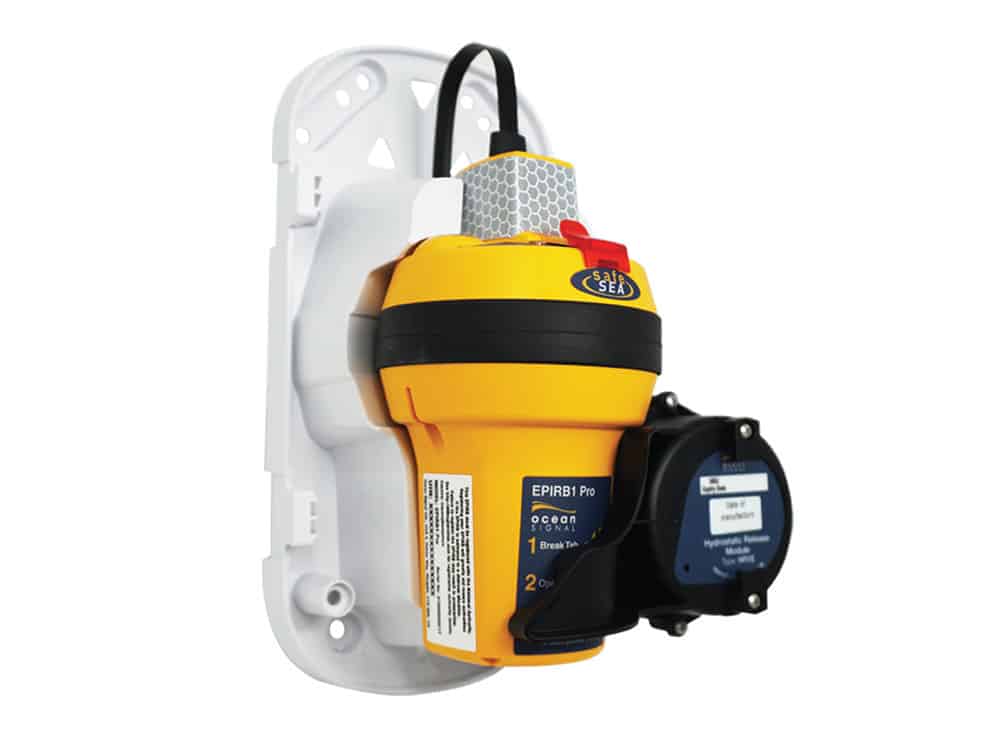
Ocean Signal’s SafeSea EPIRB1 Pro is the world’s most compact emergency position-indicating radio beacon, offering a 30 percent smaller footprint than other EPIRBs. The floating beacon has a 10-year battery life and easy operating controls that help prevent accidental activation. It is fitted with an LED strobe light and comes with a Category I automatic release housing that deploys the EPIRB if immersed in water. $589.95; acrartex.com
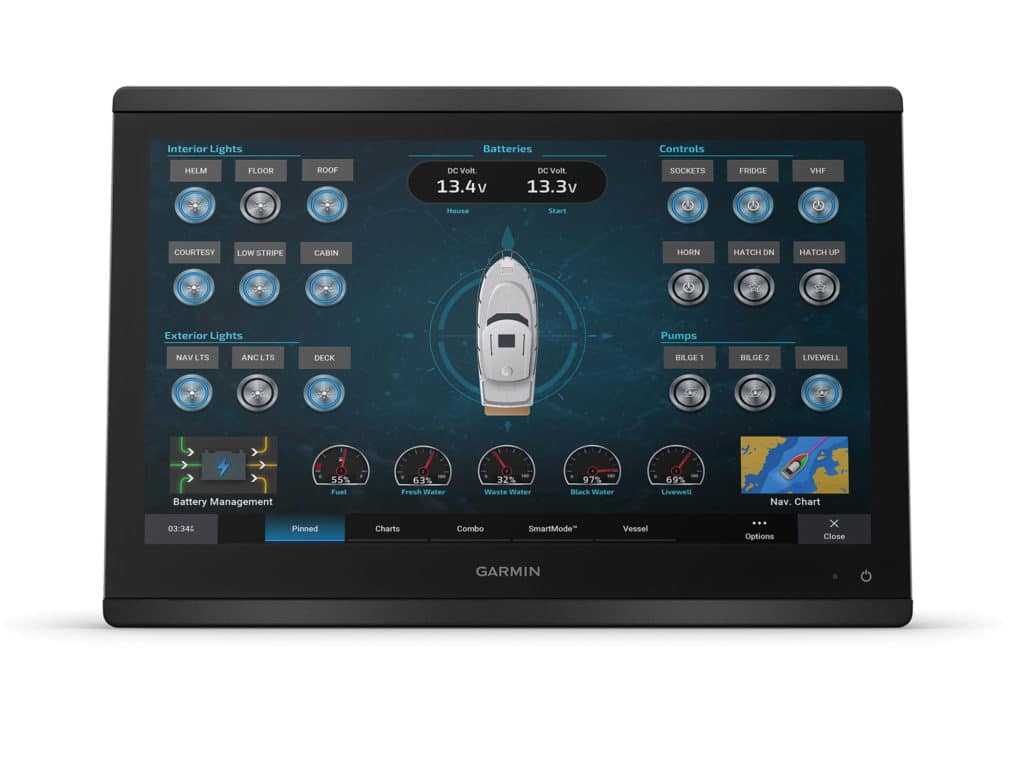
Garmin’s Boat Switch digital-switching system allows operating up to 20 circuits from a Garmin GPSMap or EchoMap chart plotter. It offers four different switch types: on/off, press-and-hold dimmers for cabin lights, and momentary outputs for horns and timers to circulate your livewell pumps. A built-in tank sender can monitor fuel, water and graywater. You add and name functions on the chart plotter. $999.99; garmin.com
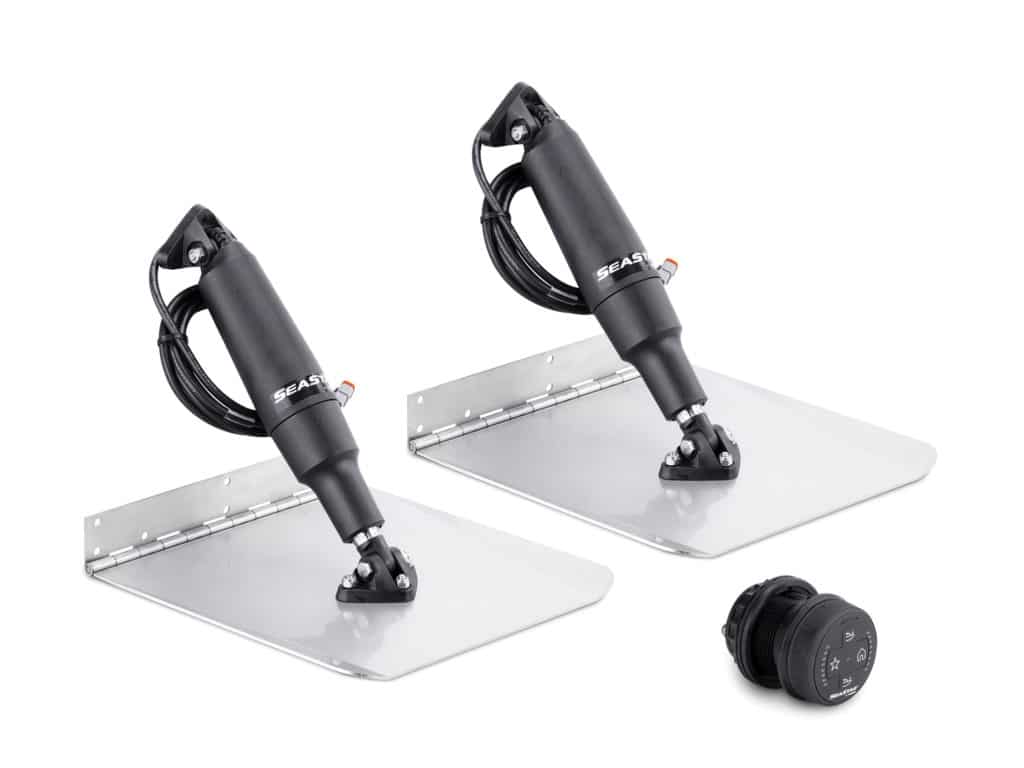
Dometic’s SeaStar standard trim tabs have an intelligent actuator system and intuitive dial. Turn the dial in the direction you want to level the boat. There’s also single-press manual Bow Up and Bow Down inputs and a Favorite button to save a desired tab position. LEDs indicate port and starboard tab positions. Actuators feature planetary gearboxes, high-torque DC motors and ball-screw mechanisms. Starting at $1,115; dometic.com

